
THE ECUMENICAL INSTITUTE is a notforprofit organization with centers in eightyfour cities and a twentyyear history of community and church renewal. Its Impact, Research, Demonstration, and Training programs are supported by individuals, corporations, foundations, and government agencies. The work of the Ecumenical Institute is carried out by an international selfsupporting staff and by thousands of individuals who are concerned about the future of the entire world.
THE INTERNATlONAL RESEARCH AND TRAINING CENTER 4750 North Sheridan Road, Chicago, Illinois 6~;40 (312J7694363
FOCUS COMMUNITY REFORMULATION
A SPECIAL REPORT
Norman Cousins of the Saturday ReviewWorld envisioned
SlR a few years ago. in addition to studying public concerns, these local groups would support constructive social programs.
Last year such a group formed in Uptown: Chicago. Drawing from the diversity of the community the group of forty local residents is composed of senior citizens, executives, tradesmen, housewives and others. They came together with Institute staff to apply the problemsolving methods of LENS to Uptown. Building on the community analysis Methods of 5th City, they have begun to shift the community's selfimage from dumping ground for social outcasts to pioneer in the new global community. Calling itself the Uptown Guild, after the medieval guilds which built European cities, they have become a strong core of leaders with a common plan for approaching the problems of Uptown.
The Uptown community they serve has a rich heritage to be recovered. Once the Aragon BalIroom, Edgewater Beach Hotel, and movie makers gave the neighborhood its character. Now, day labor is the principal employer, graffiti is the major source of art, and fortythree nationalities form an ethnic tapestry.
The concept of the guild as a means for local citizens to serve society grew out of the work of thousands of people in the last two years. Thus, the Uptown Guild is implementing the social goals forged out in an Institute research conference held in 1971 with the financial assistance of Ford and Rockefeller Foundations. This year one hundred guilds, fifty in North America, were begun by Institute graduates who are reduplicating the Uptown prototype.

What if...
a burnedout community could plan, direct, and successfully manage federally rehabilitated housing?
welfare mothers produced one of HEW's ten demonstration preschools?
private money was not a handout, but a sound investment in rebuilding a community?
community identity could lower a neighborhood's crime rate?
If all these things happened in an inner city community in ten years, you might say it had been a "Decade of Miracles.'' And so it was for 5th City: Chicago.
At the tenyear celebration of the 5th City: Chicago demonstration project, a shopping mall the first new construction in 20 years, was dedicated. Mayor Richard I. Daley of Chicago said in the keynote address, "We hope that what you are doing here will be emulated and imitated and repeated in every neighborhood in the city."
The mark of a true community reformulation model is its effectiveness in diverse social settings. Fifth City methods have been applied to building an economic base for the impoverished Marshall Islanders, to recapturing the vanishing heritage and vital role of Australian Aborigines, and to relieving suffering in the impossibly overcrowded refugee resettlement districts of Hong Kong. The most recent testing of its methods has been the Uptown Guild experiment.
The uniqueness of 5th City does not lie in its appearance. Renewal has been in the quality of life, in making a human community out of a transient ghetto. Former victims of urbanization have become managers of some of the most creative social programs on the continent.
There was no lack of struggle: criticism from other organizations that 5th City's plans were too idealistic, the despair of the North American Black community culminating in the 1968 riots, and the selfdoubt of the leaders themselves. These struggles forged 200 Iron Men, the forerunner of the Guild.
From its conception, 5th City intended to be something different from the four social and geographic cities which comprise the modern urban complex: downtown, inner city, neighborhoods and suburbs. Its basis was the decision to build the community of the future as a sign of hope for all other communities. That decision is the secret of 5th City: Chicago, and wherever that decision is made, tomorrow's city is built.


Danger and possibility...
The Chinese symbol for the word crisis is composed of two characters, one denoting danger and one possibility. How well that symbol expresses the mood of our time; a time that some have called a time of Resurgence.
A group of Chicago business and professional people, well aware of the dangers inherent in any inner city renewal plans, were deeply excited by the possibilities they saw emerging in 5th City. They were intrigued by the comprehensive approach which seemed a far cry from the sincere but stopgap efforts of which they had grown weary. They collaborated on the design of a thinktank which communicated the 5th City social methods and the rationale behind them.
Living Effectively in the New Society (LENS) is that thinktank. Beginning with the concerns of thinktank members, from employee absenteeism to the crumbling of the family, LENS concentrates on the issues underlying contemporary problems. By following step by step procedures of problemsolving, team and motivity methods, the participants arrive at proposed solutions.
People today care deeply about the future. In a world of shifting values, everyone is experiencing uncertainty about the meaning of integrity. In a time when often nothing seems to matter, individuals are searching for genuine fulfillment and an authentic personal style. Drawing wisdom from many disciplines, LENS sets a broad context for the postmodern decisionmaking which is the heart of these concerns.
Feedback to the Research system from thinktanks held across the globe indicates that a global consensus is emerging not only on the issues, but also the solutions. LENS participants experience a rare bond of fellowship which evolves from intensive grappling with the solutions to major social issues, which solutions will lead to a human future for the business world and for the local community.
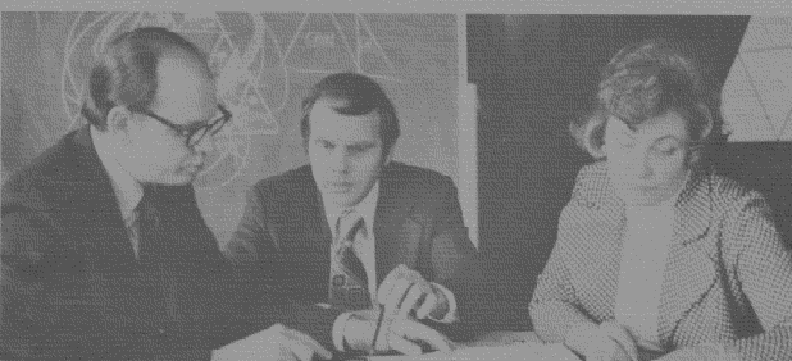
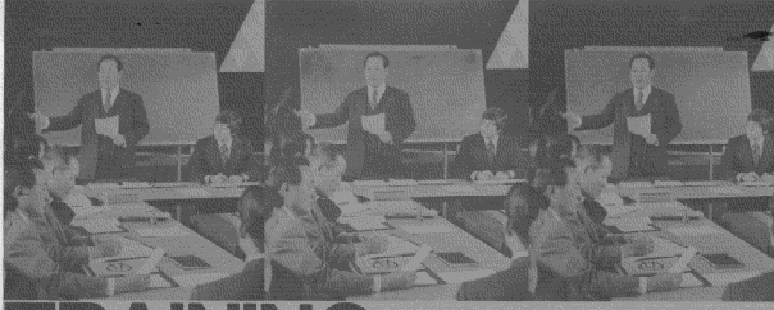

Community reformulation is not easy...
The Institute certainly has no magic success formula. The process is lengthy and complicated. The prerequisite is disciplined, dedicated, and trained local leaders who have the stamina, spirit, and methods to get the job done.
The International Training Institute (ITI) was invented to train leaders. It was condensed from the Institute's sixweek Urban Academy, which Rockefeller Foundation funded in 196970 for national community leaders. The ITI is a rigorous threeweek program international in its multinational locations and the composition of its participants and staff. Graduates have begun the Guild experiment in fortytwo nations. To provide adequate followup services, the Institute opened seventeen new training centers last year, bringing to eightyfour the number of such centers. Last year showed a significant increase in the number of indigenous faculty members and the amount of local financing of ITl's.
The intensity of the ITI creates selfstarting leaders. Such selfdiscipline frees them to motivate fellow citizens to forge a unified force directed toward solving the problems of their communities. As one graduate commented, "... in a course where content and pace at times left university graduates struggling, Aboriginal men of Australia were able not only to participate fully but to be revealed as men of profound wisdom."
The focus of the work of the Ecumenical Institute is furthering the process of Community Reformulation. The Institute's numerous and diversified programs, all crucial elements in this process, are organized into four systems: Impact: bringing clarity to people's grasp of the social issues of our time. Research: researching and testing methods and techniques for resolving those issues locally. Demonstration: creating replicable signs of hope within local neighborhoods and various social institutions. Training: training selfdisciplined leaders to assume responsibility for community reformulation. Described here are selected programs from each system.
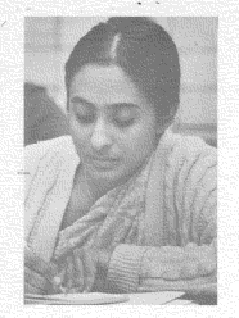
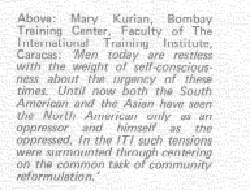
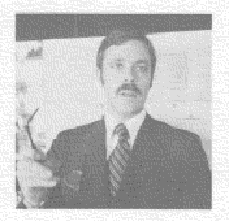
Above: William R. Ragsdale, LENS Coordination and Development, San Francisco: 'Being part of a team is no t something which comes easy to an individualist like me. But the creative exchange that takes place is worth the effort.'
The people who carry out the work of the Institute come from diverse backgrounds. Operating under a variety of assignments and locations, they generally work in teams, task forces, and problem-solving units. Their
flexibility in receiving short and longterm assignments is what has permitted the expansion of the Institute's work around the world. The few reflections shared here come from a representative crosssection of the selfsupporting staff and volunteer personnel.
Below: Larry Ward, Community Reformulation Consultant, 5th City; Chicago: 'Civilization today is like a large building with broken windows, peeling paper, and cracked p/aster. There is no trouble finding people to fix the windows or paint the crumbling walls. The people who are hard to find are those who are willing to go to the basement where ha/f of them will put their backs under the main beams to support it while the other half build a new foundation.'
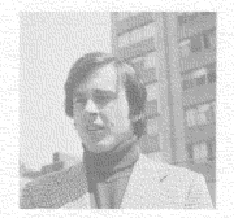
Below: Geoffrey Nixon University Student Development and Fundraising, Chicago: 'The youth of today, moving beyond the turbulence of the sixties, are preparing themselves to be the foundation of an amazingly new world. Now is the time for working within the present structures of society to achieve the vision of the sixties. '
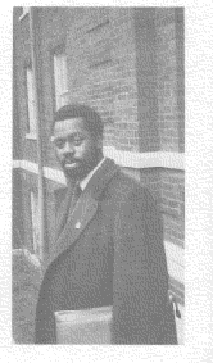
Right: Claudia and Donald Cramer, LENS Research, Southeast Asia: 'Whether teaching an I TI or leading a LENS thinktank, one of the issues raised most frequently is that of the roles of men and women today. Release and breakthrough seem to occur when the focus is put on meeting the needs of society together rather than on personal feelings of superiority or anxieties about failure. '
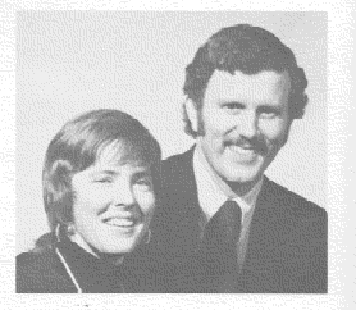
Faces Behind The Work Of The lnstitute. .
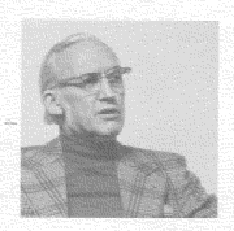
Above: Franklin Wherry, M. D., Elders Task Force, Uptown Guild Experiment, Chicago: 'A major task in Uptown is enticing its 30,000 elderly residents out of their rocking chairs and enabling them to express their knowledge and to share their skills'
Right: Kwok Nai Wong, Director, Shek Kip Mei Community Project, Hong Kong: 'Though technology, the gift of our age, has tended to strip civilization of its old vitality and social awareness, both the East and the West are beginning to share a new global consciousness and common images. '
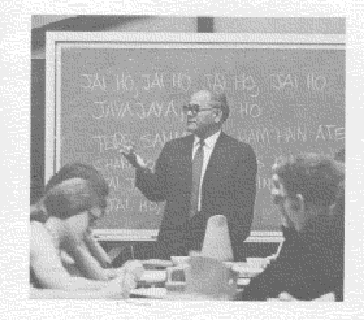
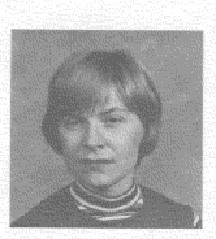
Left: Aimee Hilliard, Facuity of The London Training Center: 'The resurgence Europe is experiencing defies comparison except perhaps with the crowning of Charlemagne on Christmas Day, in 800A.D. There is a new kind of practical globality in Europe. Already, a person in one of the nine Common Market countries can work in any of the other eight without a work permit. I consider that a sign of resurgence. '
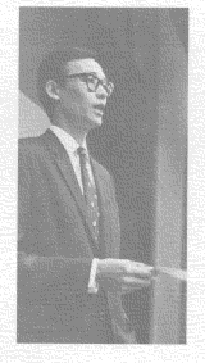
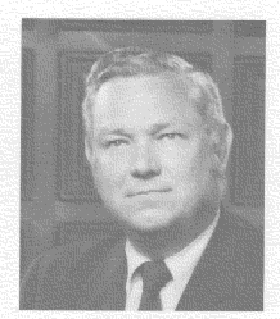
Above: Martin Pesek, DDS, MSD, Board of Directors, Board of Consultants Chicago: 7magine your grandchild seated on your knee asking, 'Granddaddy, what did you do during the transition to the 21st century?' What are you going to say?'
Left: R. D. Joshi, Presiding Bishop, Bombay Episcopal Area, The United Methodist Church, Founder of Bombay Training Center: 'Those who retreat from the future to escape from responsibility and refuse to accept the reality of change, fall victim to future shock, the disease of change. In the race to the moon tremendous resources were devoted to making a safe landing. Failure of any subsystem to function could have ended in disaster. Millions of human beings are hurtling towards the future. Do they have to crash land, or can we pro vice mechanisms for a safe landing?'
December 31, 1973 marked the completion of the Institute's seventeenth fiscal year. Since 1971, its financial records have been audited by Arthur Andersen and Co. The categories of the operating budget summarize the cost centers established in conjunction with our accounting firm.
The Institute continues to receive support from a broad base of nearly 25,000 individual donors. In addition to this grassroots support, corporations, foundations and government grants underwrite special programs and projects. The training and research programs of The Ecumenical Institute are designed to become selfsupporting through tuition fees and thus represent a significant contribution to the overall operating budget.
Through extensive use of volunteer time and the principle of staff selfsupport, The Ecumenical Institute is able to operate with a minimum of salary expense. This mode of operation reduces administrative expense dramatically, thus releasing all funds received to be applied directly to program activity.
During 1973, a number of properties held by The Ecumenical Institute were conveyed, mortgage free, to the 5th City Development Corporation for use by the community. This transfer of title will reduce building operation expense in fiscal year 1974.
As The Ecumenical Institute responds to increasing requests for programs and service to communities around the world, we anticipate a corresponding rise in budget needs. The accompanying summarization reflects primarily North American programs and those programs being initiated in areas outside of North America that are not yet selfsupporting. In our 1974 report, we will have a consolidated statement of the Global budget.
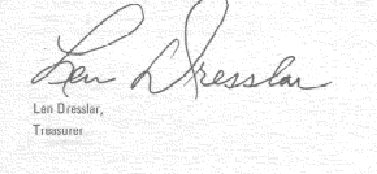
INTERNATIONAL RESEARCH AND TRAINING CENTER
1973 ECUMENICAL INSTITUTE: CHICAGO OPERATING BUDGET
INCOME
PROGRAM INCOME
FOUNDATIONS/DORPQRAIIONS
INDIVIDUAL DONORS
GOVERNMENT GRANTS
TOTAL INCOME
EXPENSE
PROGRAMS
PROJECTS
PROGRAM & PROJECT SUPPORT SERVICES
BUILDING OPERATIONS
TOTAL EXPENSE
NET CARRYOVER
606,164 177,723 612,352 105,153
1,501,392
505,521 315,117 300,869 363,612